It is common knowledge that to help starving people, it is more effective to ‘teach them to fish than to give them fish’. Director Chiwetel Ejiofor tells the true story of William Kamkwamba in his film released in 2019, The boy who harnessed the wind. This 13-year-old teenager saved his village from starvation by building a windmill in 2001. William, who had been expelled from school because his parents could not afford it, decided to study on his own and learn from the technology books in his school library. There he discovered how to make a windmill from an old bicycle and some parts from a scrapped tractor.
Once again, reality overcame fiction. From that moment on, the drought no longer caused hunger to his people. This work of homemade creative engineering now guarantees food for its inhabitants, promoting the wellbeing and progress of the whole region. Ingenuity, curiosity, persistence and the struggle for survival make William investigate and learn by himself until he solves the problem of his village: he does so innovatively.
Since the industrial era, the world has gone through successive technological revolutions, which in turn have caused significant economic and social progress. Each advance has led to an improvement in the quality of life of the world’s population to the point where, according to World Bank data, 75% of people were outside the poverty line in 2017. Before the Covid-19 global pandemic, the data suggested that the number of people living in extreme poverty could be reduced to 3% by 2030. However, the unexpected irruption of coronavirus has caused a turning point in the curve. After 20 years of continuous improvement, the trend is now downwards, dashing hopes of reaching the target set by the UN’s 2030 agenda of sustainable development goals. (UN, 2015).
Since the industrial era, the world has gone through successive technological revolutions, which have caused significant economic and social progress
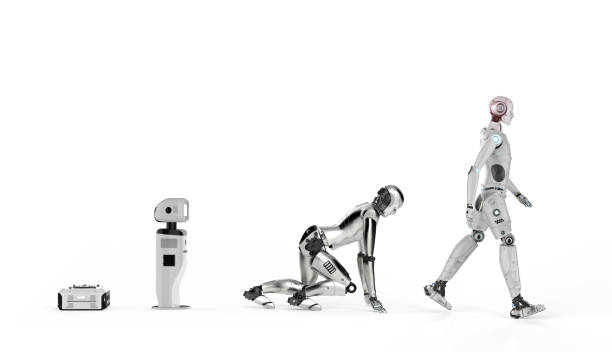
In the technological and uncertain world of the first quarter of the 21st century, change occurs at a rapid pace, with no respite for survival in the traditional way, where processes, practices and customs are maintained. But poverty and disease are not the only challenges that threaten the people of this changing age. The rapid deterioration of the planet, the ongoing conflicts, social injustices and natural disasters are spreading everywhere and surprise us cyclically. In 2015, UNESCO published the document Rethinking Education: Towards a Global Common Good, in which it proposes a change of direction in the approach to quality education:
Go beyond literacy and numeracy and focus on learning environments and new approaches to learning that lead to greater justice, social equity and global solidarity. Education must be about learning to live on a planet under pressure. It must be about acquiring essential competencies in culture, based on respect and equal dignity, helping to forge the social, economic and environmental dimensions of sustainable development. This is a humanistic vision of education as an essential common good. (Irina Bokova Director- General of UNESCO)
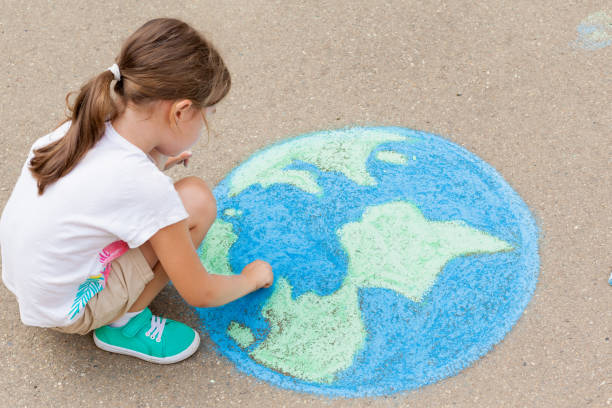
Education must be about learning to live on a planet under pressure
In William’s case, education made the difference between starvation and prosperous life for the whole community. It is a clear example of how a humanistic vision of education means focusing on people so that all can develop holistically and participate fully in society.
The education of citizens is one of the main determinants of a society’s prosperity. Evidence shows that people with low skills levels are severely limited in accessing better paid and more meaningful jobs. In his book First Class, How to build a quality school for the 21st century, Andreas Schleicher (2018) says that a growth model based on human potential can generate a more dynamic economy and a more inclusive society, as talent is much more evenly distributed than opportunities and economic capital. The goal, he says, should be to achieve high levels of achievement for all students.
The goal, he says, should be to achieve high levels of achievement for all students

Preparing students to respond to present and future needs
In the late 1990s, the OECD created PISA (Programme for International Student Assessment), with the idea of applying the rigour of scientific research to education policy. The main objective was to help schools and policymakers to improve the quality of education, to effectively prepare students for the present and the future. In December 2001, the first results shattered all expectations and created a great debate. Countries that had thought they were at the top of the quality of education were performing poorly, while more modest nations were astonished by the level of their students. Since then, the tests have been improved and adjusted to the needs created by an ever-changing world.
According to OECD studies and recommendations from different international organisations (Vogut and Roblin, 2012) on key competences for the 21st century, PISA has been incorporating new competences in recent years:
- From its inception until 2012, students’ critical thinking was only assessed in three aspects: reading, mathematics and science, fostering the ability to think for oneself autonomously.
- In 2012, financial literacy was included, considered necessary for the education of a responsible citizen with a critical sense in accessing and consuming information. This follows the current trend in terms of curricular reforms.
- From 2015, the systematic introduction of the so-called innovative competencies began to assess their status and promote their development in education systems. The first competence to be introduced is cooperative problem solving, which includes engaging effectively in a collaborative process to solve a problem by sharing knowledge, understanding, skills and the effort required to reach a shared solution.
- In 2018, a new competence was introduced: global competence, the ability to analyse global and intercultural issues, value the different perspectives regarding human rights to interact with people from different cultures and take action for the common good and sustainable development.
Finally, it is planned to incorporate the competence of creative thinking in this year. It is understood as the ability to generate, evaluate, and improve ideas that can lead to effective and original solutions, advances in knowledge, and impactful expressions of the imagination (INEE, 2021). This is intended to measure students’ ability to respond to demands in an ever-changing world, where innovation and creativity are vital elements for adaptation. The results are expected to stimulate a broad societal debate on the importance of supporting this crucial competence through education.

The competence of creative thinking is intended to measure students’ ability to respond to demands in an ever-changing world, where innovation and creativity are elements for adaptation
The aim of this assessment is to find out at what level and quality these competencies are integrated in education systems around the world and to make proposals for improvement. The global competence is particularly important because of its novelty and its direct impact on the achievement of the SDG 4 goals.
In his book, Educating students to improve the world, Fernando Reimers (Harvard University professor) makes a comprehensive and complete proposal on how to integrate this competence into the school curriculum in order to achieve effective.
Today, more than ever, it can be said that education is the key to saving the world: an education for innovation, promoting sustainable values, and contributing to creating an increasingly humanised world. According to Andreas Schleicher (2021), education must strengthen resilience at all levels, cognitive, emotional and social, to help persist, providing the flexibility, intelligence and sensitivity needed to thrive in the face of economic and social change.
References
Moreno, Ana (2021). Critical thinking and creativity. Two key lessons for the knowledge society in the age of innovation. Delphi Report Critical Thinking and Creativity. 2, p. 5 -13. https://impulseducacio.org/2021/03/26/critical-thinking-key-education-era-innovation/?lang=en
You might also like




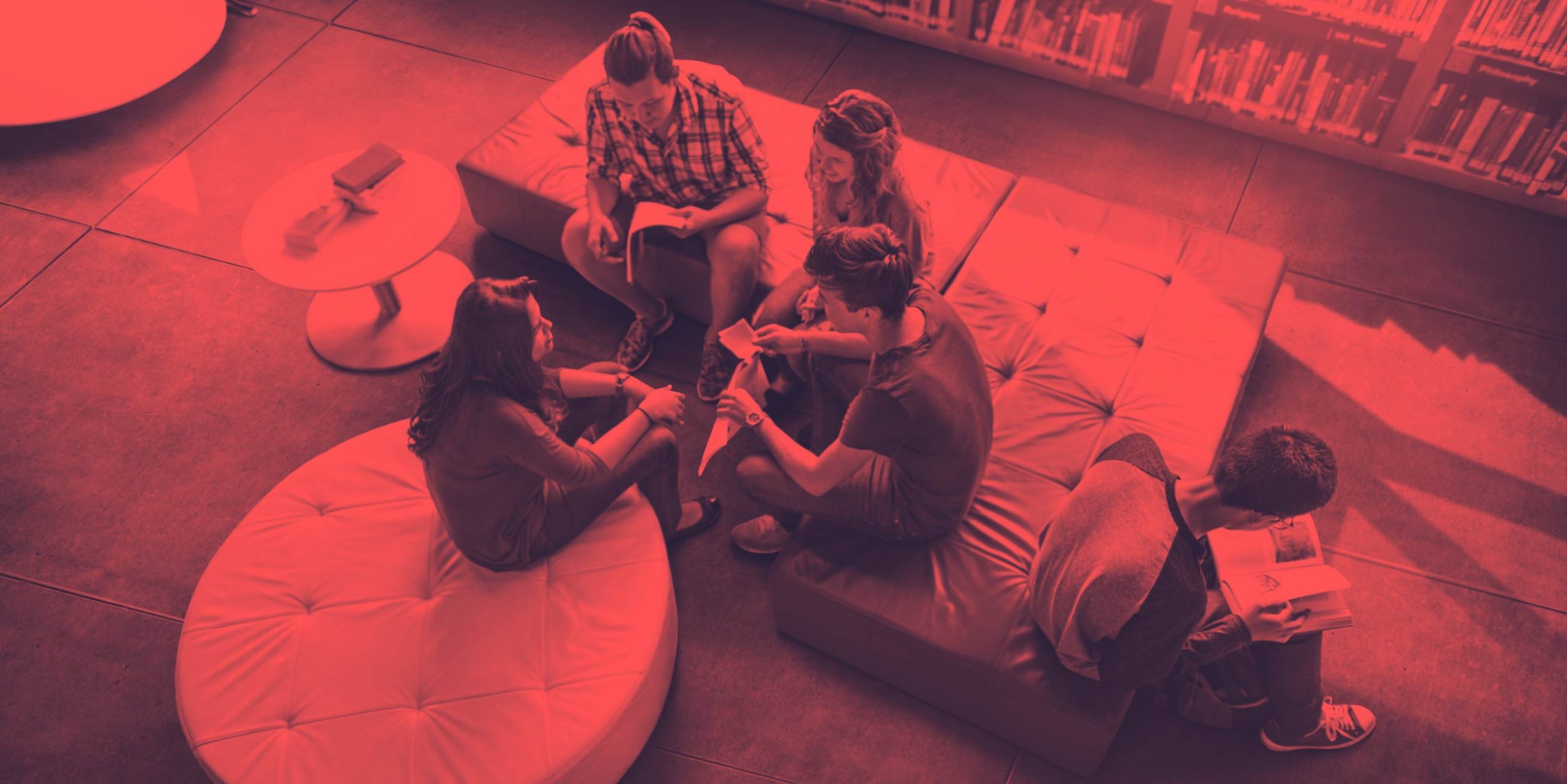
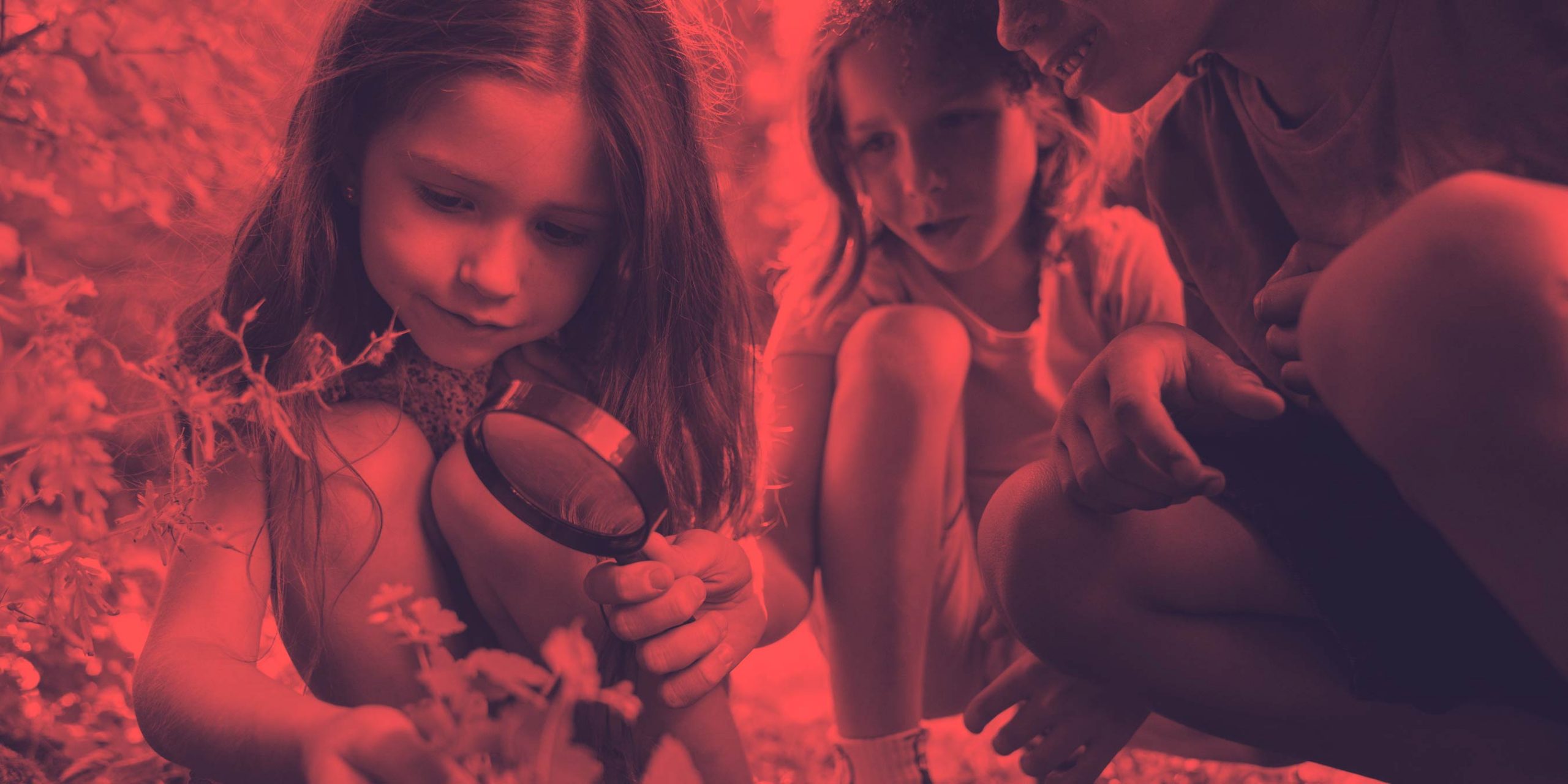
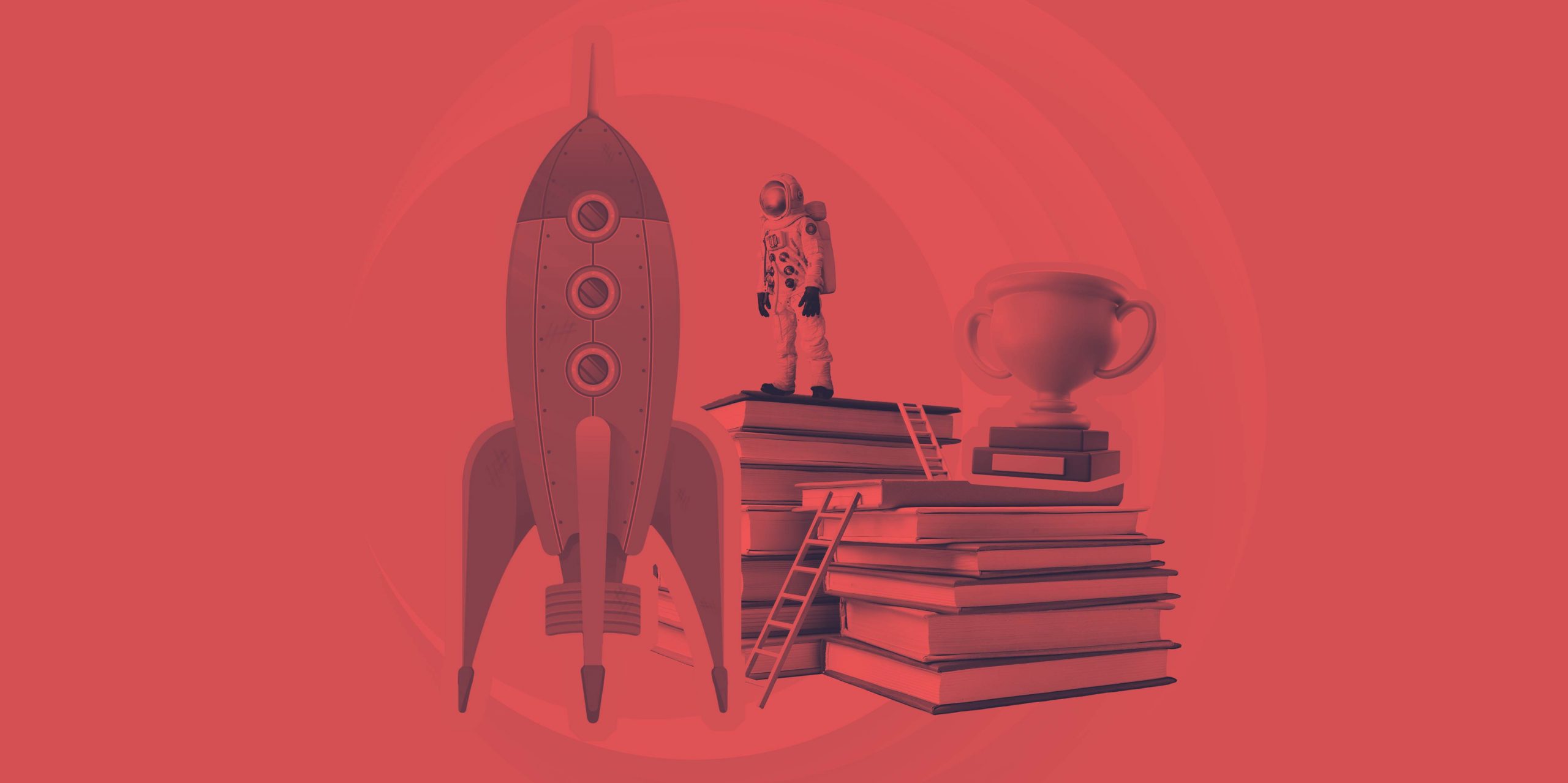
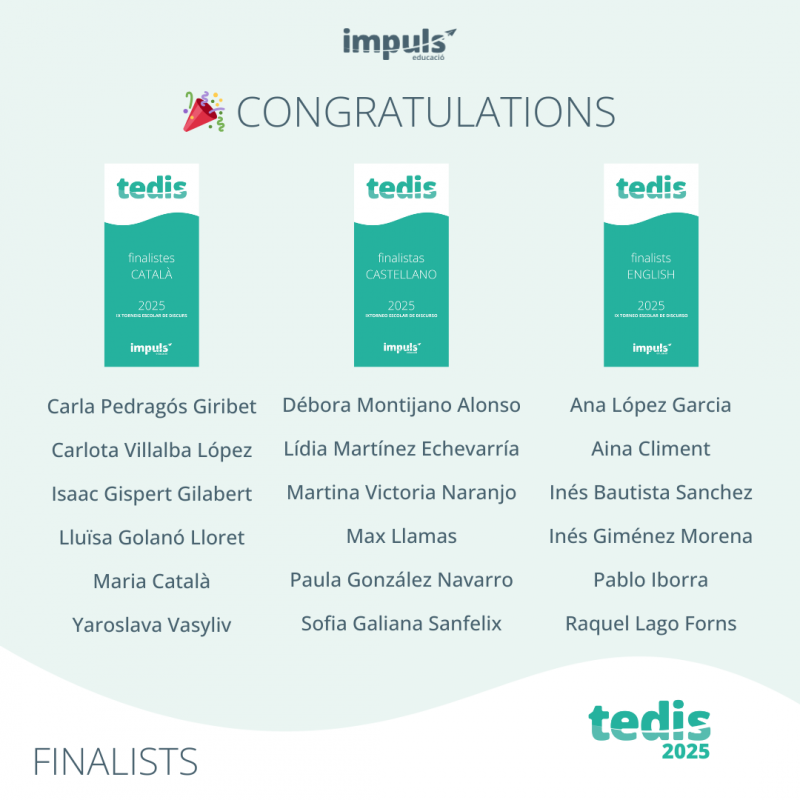

Leave A Comment